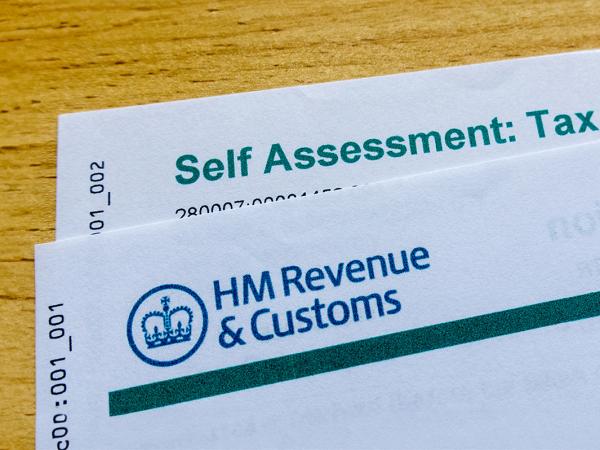Calculating self-employed profits: multiple trades
Some people have more than one business (sometimes called multiple trades). For example, they may run a dog-walking business and also be a self-employed courier. There are several points to consider if you operate multiple trades, such as preparing accounts, the trading allowance, losses and how your tax and National Insurance contributions (NIC) are calculated.

Content on this page:
Preparing accounts
Each trade must be considered separately when preparing your accounts for your self assessment tax return. You must not add together the income and expenses from your different businesses to produce just one set of business records and accounts, because on your tax return each trade must be shown separately.
Trading allowance
The trading allowance allows you to deduct up to £1,000 from your trading, casual and miscellaneous income instead of your business expenses. It is explained in more detail on our Trading allowance page.
If you have multiple trades, then you can only use the trading allowance once. The maximum you can claim in total across all your businesses and any other casual or miscellaneous income is £1,000, but you can decide where to allocate it. This is illustrated in the example of Jay on our Trading allowance page.
Losses
If you make a loss in one or more of your trades you will need to consider how a loss in one trade interacts with your other income, including profits made in your other trades.
Our Trading losses page explains what you can do with these losses. It also explains which loss reliefs you can use, as this depends on factors such as (prior to the 2024/25 tax year) if you used the cash basis or the accruals basis when preparing your accounts.
Calculating tax and National Insurance contributions (NIC)
On your tax return you must record how many different self-employment businesses you have, their trading names, description of the businesses and their respective accounting dates. If you have multiple trades, it would be easiest if you use the same accounting date wherever possible. Please note that from the 2023/24 tax year onwards there are new basis period reform rules which may impact the accounting period you decide to use for your multiple trades.
You then need to provide details of the income, business expenses and any adjustments to profit for each individual trade.
However, your income tax and NIC will be calculated on the combined total of your profits from all self-employments.



